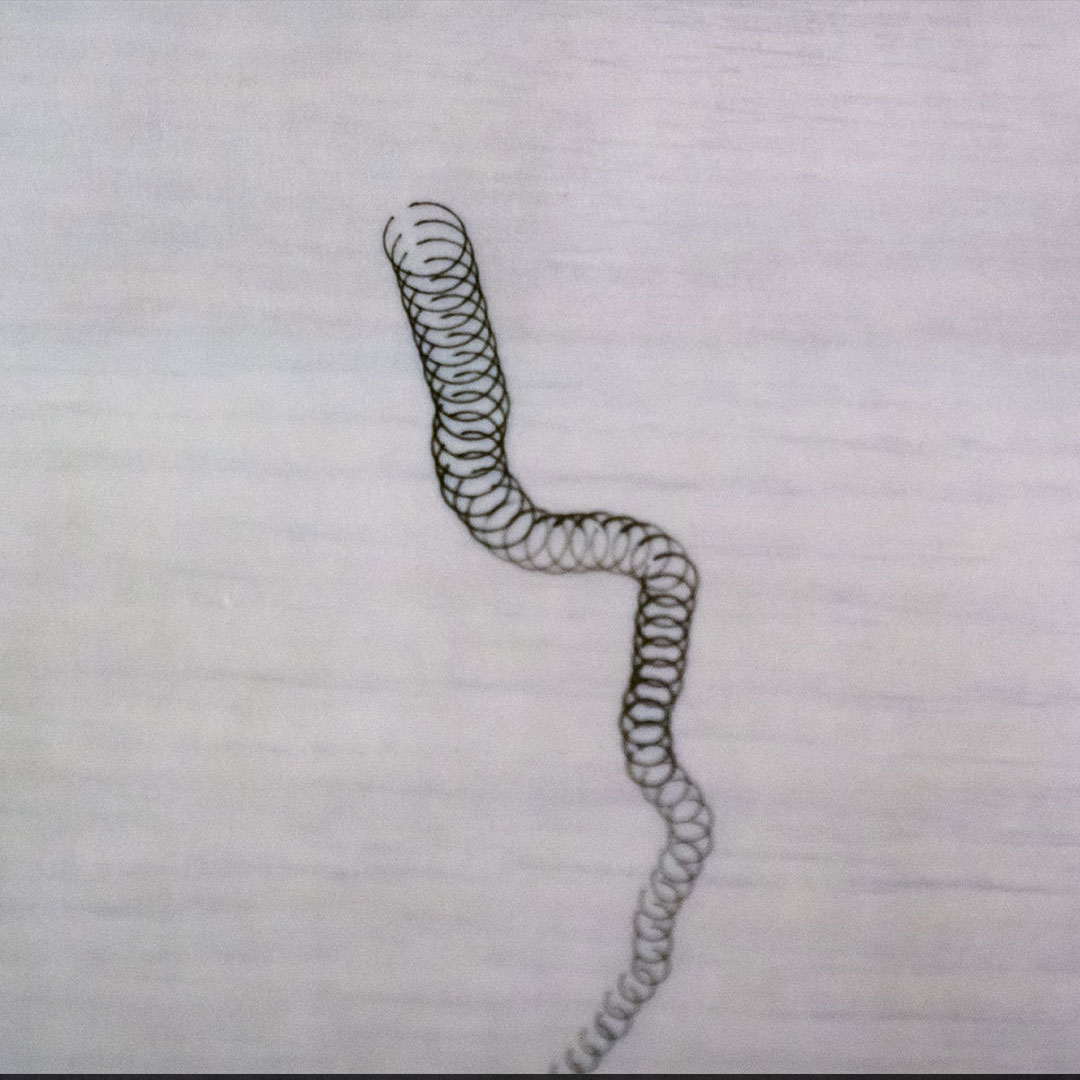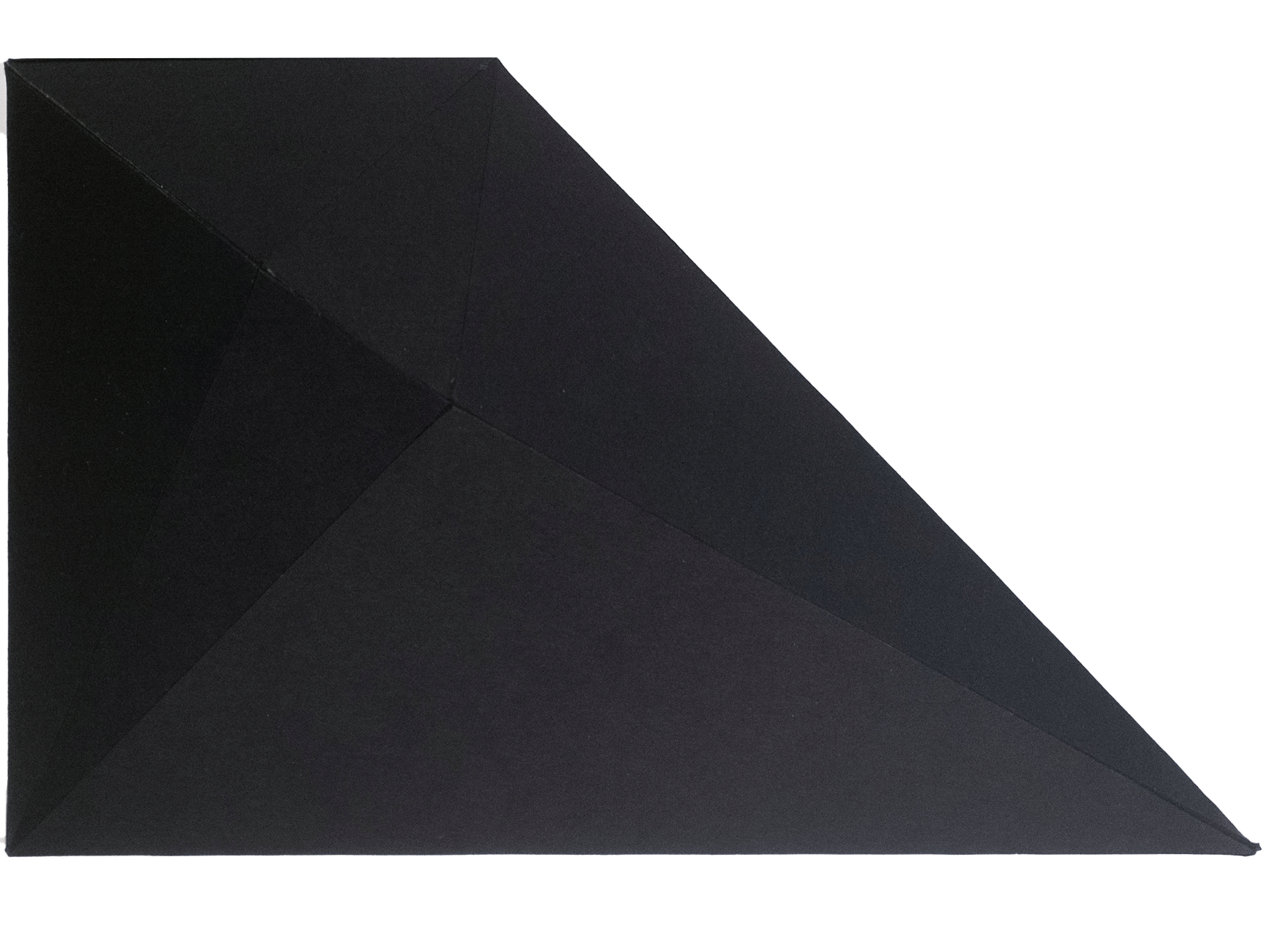


Welcome to my final digital portfolio for Computation in Design 2: Creative Coding. The course aims to provide artists with the opportunity to acquire proficiency in code literacy and computation, both of which have become integral to modern-day living.
Over the course of the semester, I participated in four workshops, both independently and collaboratively, to gain an understanding of the practical application of coding within the context of design.
This portfolio serves as an exposition of the process and results of these activities in the form of a reflective microsite that offers a comprehensive overview of my work.
// JUMP TO WORKSHOP

GENERATIVE DESIGN WITH ANDREAS

The aim of this project is to express nature's complexity and unpredictability by emphasizing its unconventional and grotesque features that defy traditional notions of beauty and order, ultimately promoting a deeper appreciation for nature's diversity.
To achieve this, we layered tracing paper, creating a more layered appearance and adding to the raw aesthetic. The base layer, drawn with a golden pen, depicts the overall sketch, while the top layer showcases specific elements, representing what is visible on the surface level.
Tools used: P5JS, Axidraw
Group work with Khairunissa Arena Abu







While using the Axidraw, we encountered some issues with adjusting the level and positioning of the pen, but they added to the overall outcome with linear traces moving from one loop to another, resembling spider webs while also showing the pen's movement.
This gave me a new perspective on the machine. The use of Axidraw can lead to both intentional and unintentional creative outcomes, adding a new element of surprise and experimentation to the artistic process.



FROM CODE TO THING WITH DHIYA
Making is an exercise where code is used to generate convex hulls, which can be converted into printable templates and handcrafted into physical objects. The presented concept was Cosmic Dust.

The coordinates for points on the x and y-axis were determined through a direct transfer from the Fibonacci sequence, while the z-axis used random values within the range of it still being a convex hull. A surreal and nonsensical image of space dust getting caught up in the whirlwind of a spiral galaxy, getting clumped together with other small particles to form a star.
Tools used: One tool, another tool, more tools








PROJECTION MAPPING WITH JO
Through this workshop, we familiarized ourselves with the fundamental principles and techniques of projection mapping, followed by the practical application of projecting self-created visual content onto a physical object.
Tools used: 200gsm White Art Paper, pen knife, ruler, glue, Adobe After Effects, P5JS


The projection shows a dystopian future in which robots have assumed control, presented through a surreal mindscape where memories are distorted and synchronized with background music. A prism-shaped "mind tower" exhibits human memories, while the background and floor depict the passage of time and the following changes in.
The overall effect is a semi-abstract depiction of a world in which humans are subjugated by their robotic overlords, and their fleeting memories are the only remaining testament to their past dominance in society.


PHYSICAL COMPUTING WITH JAKE

"Play" is a workshop designed by Jake Tan Zi Jie that employs physical computing to facilitate interaction between physical and digital spaces. The workshop employs an Arduino Uno, which is connected to p5js, as a tool for interaction, whether from physical to digital or vice versa.
This drawing robot is designed to generate linear markings in response to numeric input. The digital input is first translated into vibrations of morse code, which then mobilises the robot to leave traces on paper. The input of numeric value serves to convey the objective nature of computation. The partially random output of the drawings illustrates the stochasticity and complexity of the physical world, which is in reference to the subjective interpretations of human perception.
Tools used: Arduino Uno Kit, P5JS, 3D pen









The only problem in art is to achieve a balance between subjective and objective.
by Piet Mondrian





















What have I learned over the course of this semester?
I think this is best shown in my outcome of the play workshop. In hindsight, there may have been a disproportionate focus on the technical aspects of coding rather than a thorough exploration of the ideation and conceptualization of the project. As a result, the visual quality of the final outcome and the overall process of execution could have been further improved. Although I am satisfied with the overall coherence of the project's narrative and execution, I learned to always be aware of the difference between ‘complexity’ and ‘complication’.
Some of my most interesting findings this semester are?
Overall, I believe the workshops are within a common theme of bridging the gap between the digital and the physical world. Personally, I have decided to interpret this as stand-ins for objectivity and subjectivity. If we were to view them as opposing concepts, it might be difficult to understand the creative potential of computational thinking. However, if we view them as separate narratives that interact with each other, a new meaning is given to both elements.
What are some of my achievements?
Somewhat ironically, I would choose this website as my biggest acheivement. I have always wanted to learn the basics of html, and am pleased to find that it is a fairly direct language to learn. Although our websites are built on a pre-existing template, my personal exploration into the overall structure has left me with a basic understanding of the program, and more importantly, a desire to progress further.





